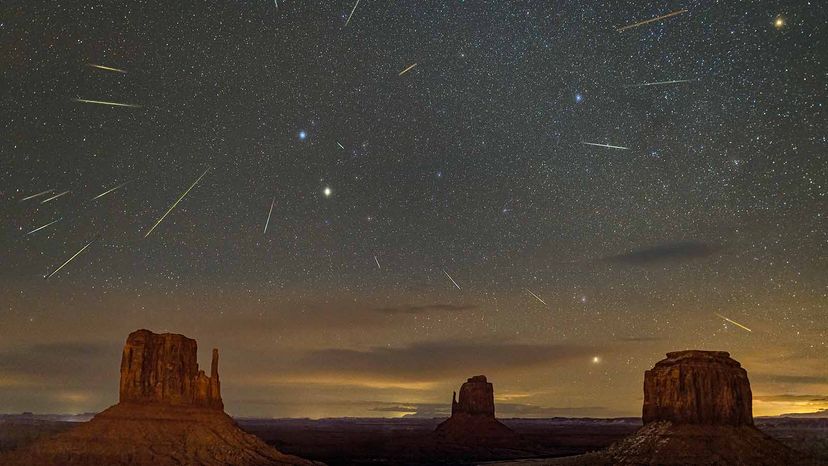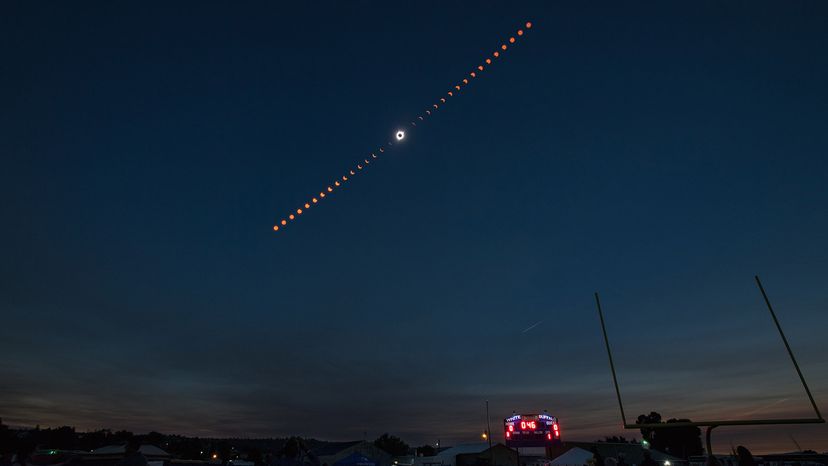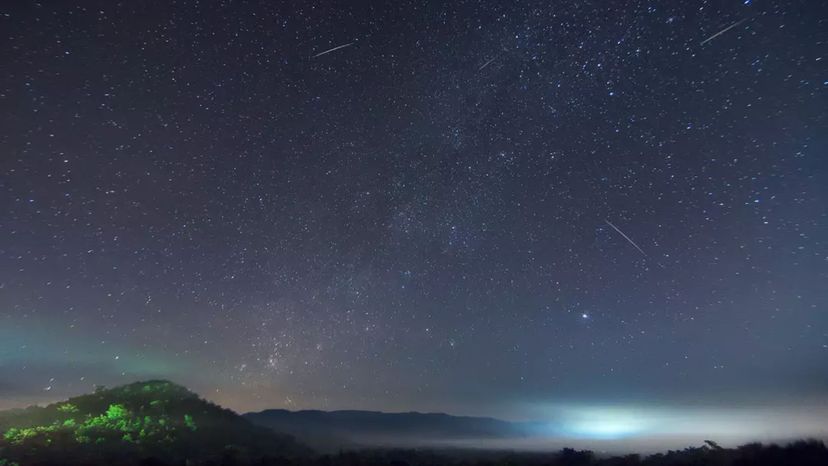Thanks to the James Webb Space Telescope, we saw the first high-definition photos of outer space in 2022. Stunning images of galaxies, constellations, nebulae, black holes and much more were captured by the successor to the Hubble.
While we’ve been blown away by the sharpness of the pictures Webb has taken so far, nothing compares to gazing directly at the stars and other astronomical occurrences with our bare eyes.
As Earth transits a new orbital journey around the sun, there will be many opportunities to enjoy celestial shows. Using various news and scientific sources, we’ve compiled a list of 22 astronomical events you can see this year. Among them are 11 meteor showers, two eclipses and four supermoons. Most of them will be visible from North America sometime between dusk and dawn on the dates indicated.
Mercury at Greatest Western Elongation, Jan. 30, May 29 and Sep. 22
The planets closest to the sun are the most difficult to view. Look for Mercury on the days when its elliptical orbit takes it either closer or farther away from sunrise — hence at its greatest elongations. When it appears on the west side of the sun, it can be viewed at dawn as a shiny yellow dot.
Mercury at Greatest Eastern Elongation, April 11, Aug. 10 and Dec. 4
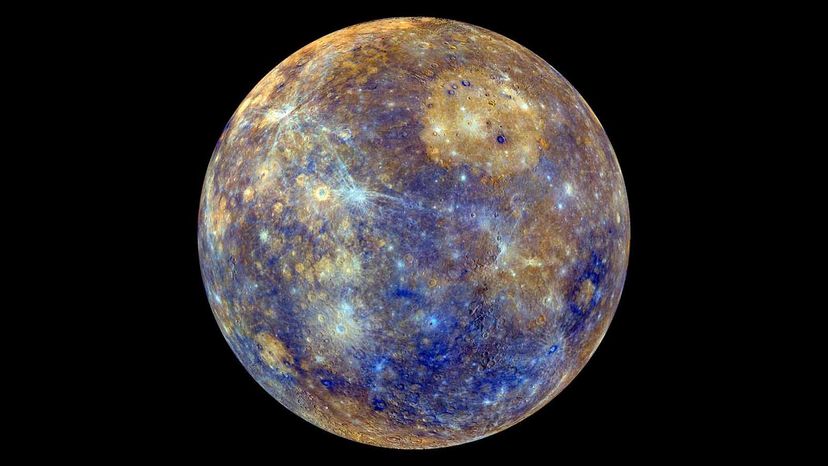
You won’t see a view of Mercury like this when it’s in elongation. The visual was produced by using images from the color base map imaging campaign during MESSENGER’s primary mission. NASA/JOHNS HOPKINS UNIVERSITY APPLIED PHYSICS LABORATORY/CARNEGIE INSTITUTION OF WASHINGTON
When positioned at its greatest eastern elongation, Mercury is closer to Earth and at its furthest angular point away from the sun. Though it’s unlikely to be detected by the naked eye, it might be found with a ground telescope right before dusk.
Hybrid Solar Eclipse, April 20
The last time Earth’s inhabitants could see a hybrid solar eclipse was Nov. 3, 2013. This rare eclipse changes appearance as the moon’s shadow moves across the Earth’s surface. The eclipse goes from annular to total for a brief period to finally become annular again.
Lyrid Meteor Shower, April 22-23
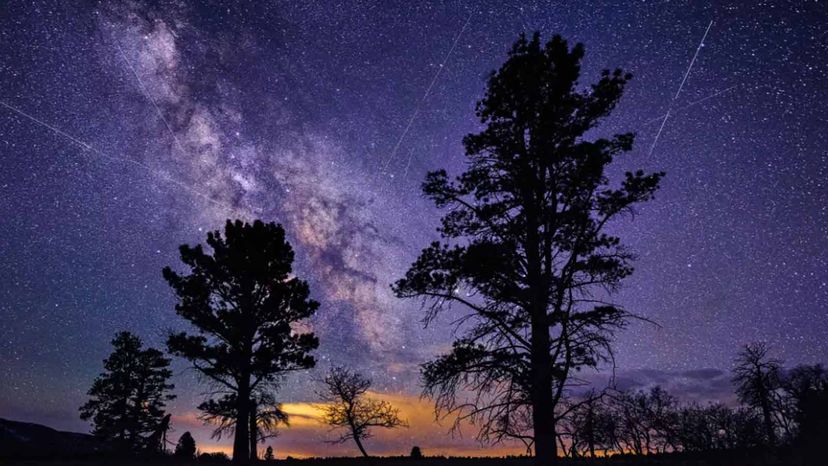
The Lyrids occur annually and are best viewed in the Northern Hemisphere. CANVA
Comet Thatcher, discovered in 1861, is responsible for the Lyrid meteor shower that occurs every spring. In 2023, moonlight won’t interfere with the views; stargazers in the Northern Hemisphere will be able to see about 10 to 15 meteors per hour when the Lyrid shower peaks.
Eta Aquarids Meteor shower, May 6-7
The Northern Hemisphere has another advantage: seeing the Eta Aquarids shower. These meteors are known to be swift; as a result, they leave behind glowing trails of incandescent debris that can last several seconds or even a few minutes. May 6 and 7 around midnight will be peak viewing time.
Venus at Greatest Eastern Elongation, June 4

Venus and the waning crescent Moon rise above the Wasatch Mountains near Salt Lake City Jan. 31, 2019. NASA/BILL DUNFORD
The hottest planet in the solar system is also the brightest when detectable from Earth, consequently earning the name of morning or evening star. The first time in 2023 when Venus will be clearly visible is at its greatest eastern elongation. Look for it when it sets in the west immediately after the sun.
Supermoons, July 3, Aug. 1, Aug. 31 and Sep. 29
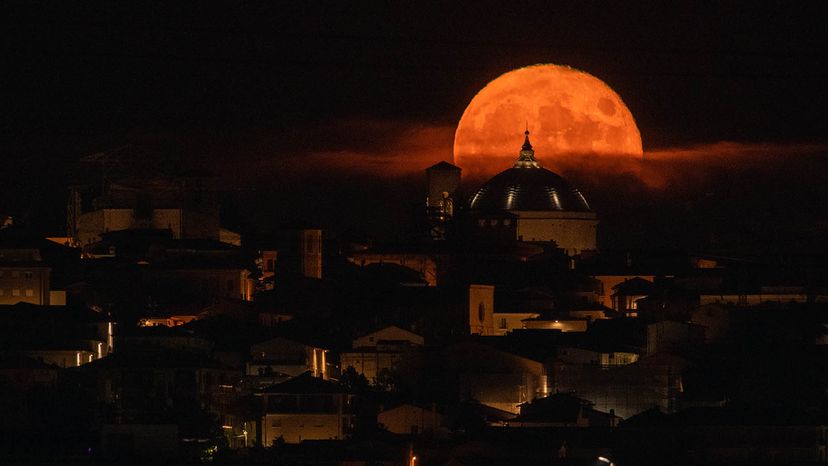
A sturgeon supermoon rose behind the San Bernardino church dome in Abruzzo, Italy, Aug. 12, 2022. NURPHOTO/NURPHOTO VIA GETTY IMAGES
When a full moon occurs near or on its perigee — meaning when it’s closest to Earth — it is called a supermoon. In 2023, we’ll have several, including (chronologically) the full buck, full sturgeon, full blue and full harvest moons.
Delta Aquarids Meteor Shower, July 28-29
Since the Delta Aquarids are best noticed from the Southern Hemisphere, sky watchers in high northern latitudes tend to disregard them. However, in the southernmost parts of the United States, you can see 15 to 20 meteors in ideal conditions — that is with a dark sky and no moon.
Perseid Meteor Shower, Aug. 12-13
The Perseid is the most popular meteor shower of the year. If you’re lucky, you can see anywhere between 50 and 100 dramatic meteors and fireballs per hour during its peak in midsummer. In Greek mythology, these showers are thought to be Zeus himself disguised as golden stars to seduce a beautiful mortal named Danaë, mother of Perseus.
Saturn at Opposition, Aug. 27
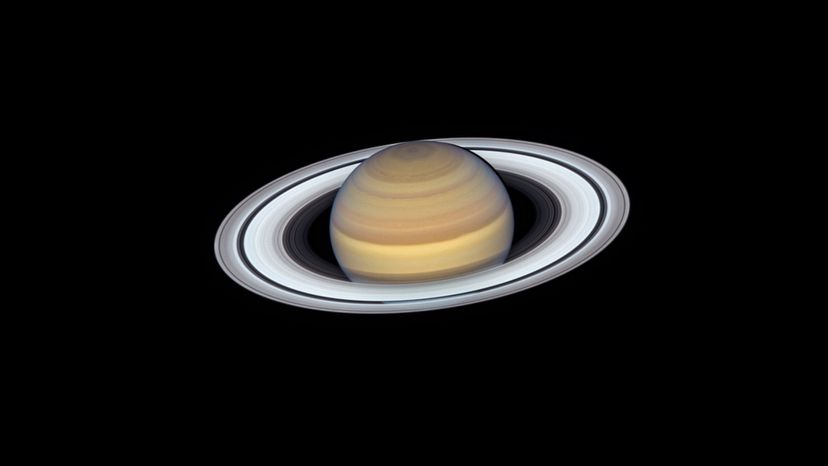
This view of Saturn from NASA’s Hubble Telescope captured the planet’s ring system in exquisite detail. When Saturn is in perigee, it’s visible to the naked eye. SPACE TELESCOPE SCIENCE INSTITUTE/NASA
Planetary opposition occurs when a planet’s orbit brings it between the sun and another planet. In this case, Saturn will reach opposition when it is opposite the sun in the sky. Planetary oppositions happen approximately once a year between Earth and those planets outside its orbit — Jupiter, Saturn, Uranus and Neptune. At the same time Saturn is at opposition, it will be closest to Earth — at perigee — making it appear brighter and larger in the sky and ideal for viewing.
Blue Moon, Aug. 31
A blue moon isn’t really blue; it’s just a second full moon in a calendar month. Since there are about 29.5 days between full moons it is an unusual but not-so-rare phenomenon. Blue moons happen every two-and-a-half years in any given month, but never in February.
Neptune at Opposition, Sep. 19
Neptune at opposition means it will be lined up with the sun and Earth. This means that it will rise when the sun sets, and set around the time the sun rises. It also will be at perigee — the closest to Earth — but that won’t make it possible to distinguish among the stars without a telescope.
Draconid Meteor Shower, Oct. 7
The small comet called 21P/Giacobini-Zinner, which takes about 6.6 years to orbit the sun, is responsible for the Draconid meteor shower. Every time the comet returns to the inner solar system, its nucleus sprays rock and ice into space, causing the phenomenon. Sadly, most years the shower is too weak to be noticed, but under ideal conditions (a dark sky with no moon) you might see 10 Draconid meteors per hour if you’re lucky.
Annular Solar Eclipse, Oct. 14
This composite image shows the progression of a total solar eclipse over Madras, Oregon, in 2017. The total solar eclipse swept across a narrow portion of the contiguous United States from Oregon to South Carolina. NASA/AUBREY GEMIGNANI
Millions of people at all latitudes of the Western Hemisphere will have a chance to witness one of Earth’s most mesmerizing spectacles: an annular solar eclipse. That’s the type of solar eclipse where only the outer edge of the sun remains visible because the moon is smaller than the sun. The path will track across the U.S. from Oregon to Texas to Central and South America then ends shortly after sunset in the Atlantic Ocean.
Orionids Meteor Shower, Oct. 21-22
Find an area far from light pollution and prepare to see one of the best annual meteor showers. The Orionid meteors are fast, luminous, and appear under some of the brightest stars, including the constellations Orion, Taurus and Gemini, staging quite a show.
Venus at Greatest Western Elongation, Oct. 23
Venus orbits nearer to the sun than Earth, making it disappear into the star’s glare most of the time. Despite this, during its greatest elongation, it becomes the third-brightest object in the sky after the sun and moon. When it lies to the east, it will be in plain sight in the early evening twilight of Oct. 23.
Jupiter at Opposition, Nov. 3
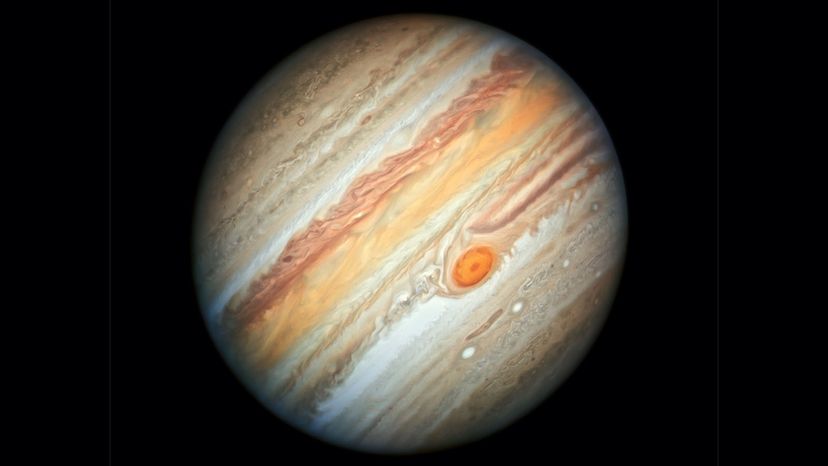
Jupiter is more massive than all of the other planets combined. Although astronomers have been observing the gas giant for hundreds of years, it still remains a mystery. SPACE TELESCOPE SCIENCE INSTITUTE/NASA
Only the planets beyond Earth’s orbit can be in opposition. One of them is the giant planet named after the king of ancient Roman gods. During the time when Earth lies directly between the sun and Jupiter, the latter will glow above the horizon during most of the night.
Taurids Meteor Shower, Nov. 4-5
The Taurids are known for their long-lasting meteors associated with comet Encke. These meteors are slow and can shine as bright — or brighter — than Venus. A shower formed by fireballs exhibits larger explosions of color and light that last longer than the train left behind by average meteor streaks.
Uranus at Opposition, Nov. 13
The striking blue planet will irradiate sunlight in mid-November when it aligns with the sun and Earth. When Uranus reaches opposition, it can be spotted at its brightest in the constellation Aries at midnight. Even so, it can be challenging to locate. Your chances are better if you use binoculars or a small telescope.
Leonid Meteor Shower, Nov. 17-18
The Leonid meteor shower occurs every November as Earth passes through a dusty area of space caused by trail of the Temple-Tuttle comet. CANVA
To catch a glimpse of the Leonid meteor shower, find an area away from city lights, be prepared for the low temperatures of mid-autumn, lie down, turn your feet toward the east, look up, locate the Leo constellation and wait patiently. As soon as your eyes adapt to the dark, you’ll be watching the Leonids meteor shower.
Geminid Meteor Shower, Dec. 13-14
An asteroid known as 3200 Phaethon is responsible for the Geminid meteor shower. This differs from most meteor showers, which result from comets, not asteroids. The first Geminid meteor shower appeared in the mid-1800s. This year there’s a new moon Dec. 12, so that means a dark sky—ideal conditions for viewing. You could see as many as 120 Geminid meteors per hour.
Ursids Meteor Shower, Dec. 21-22
This low-key meteor shower is often overlooked, possibly because it peaks around the height of the holiday season. Its hourly rate of meteors is much lower than the Geminids, but in rare instances, some sky gazers are awarded with bursts of 100 or more meteors per hour.
Source: science.howstuffworks.com



